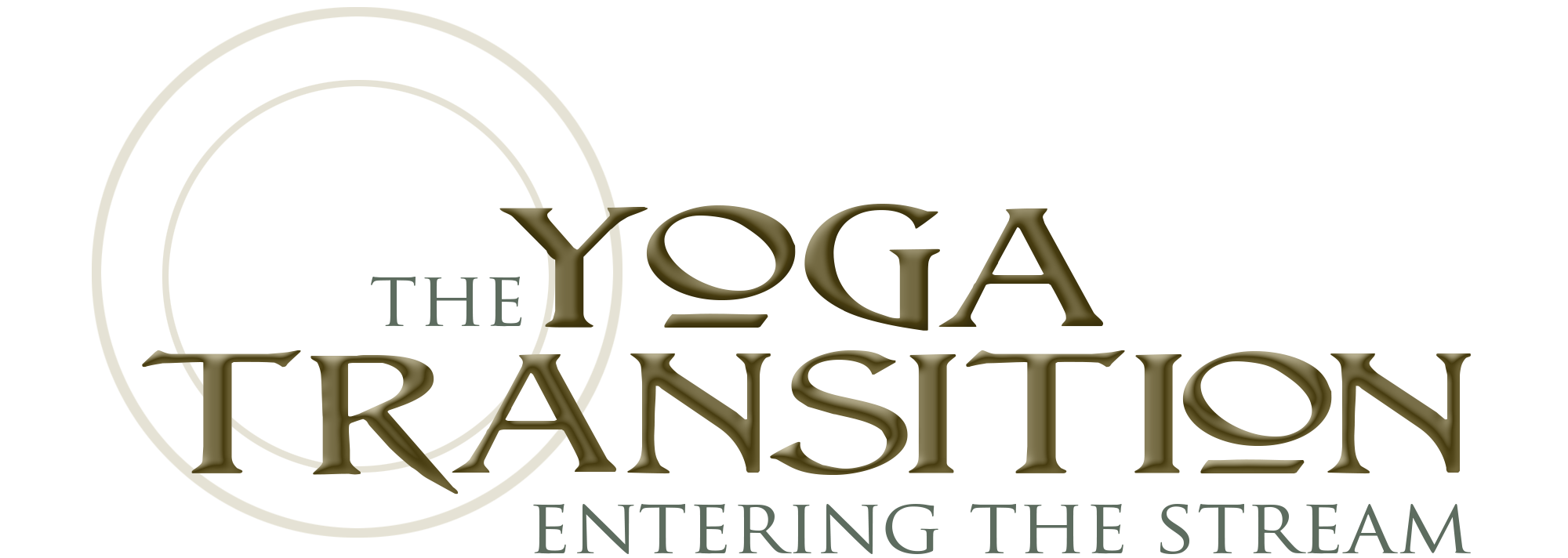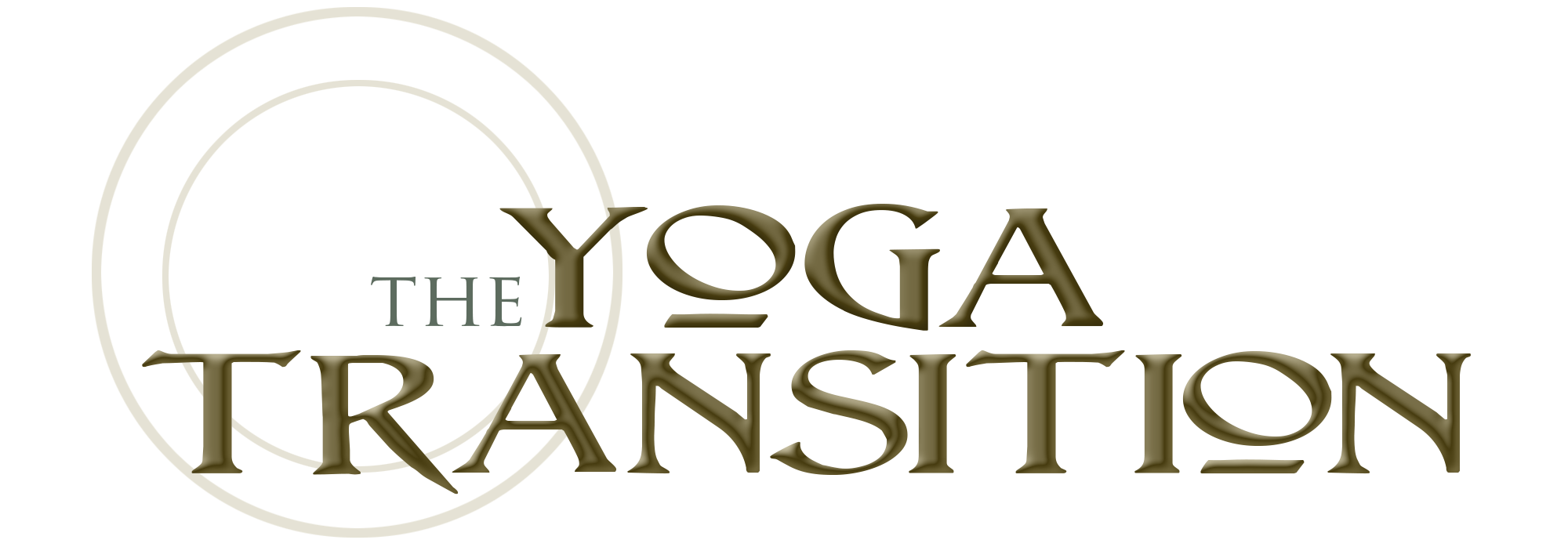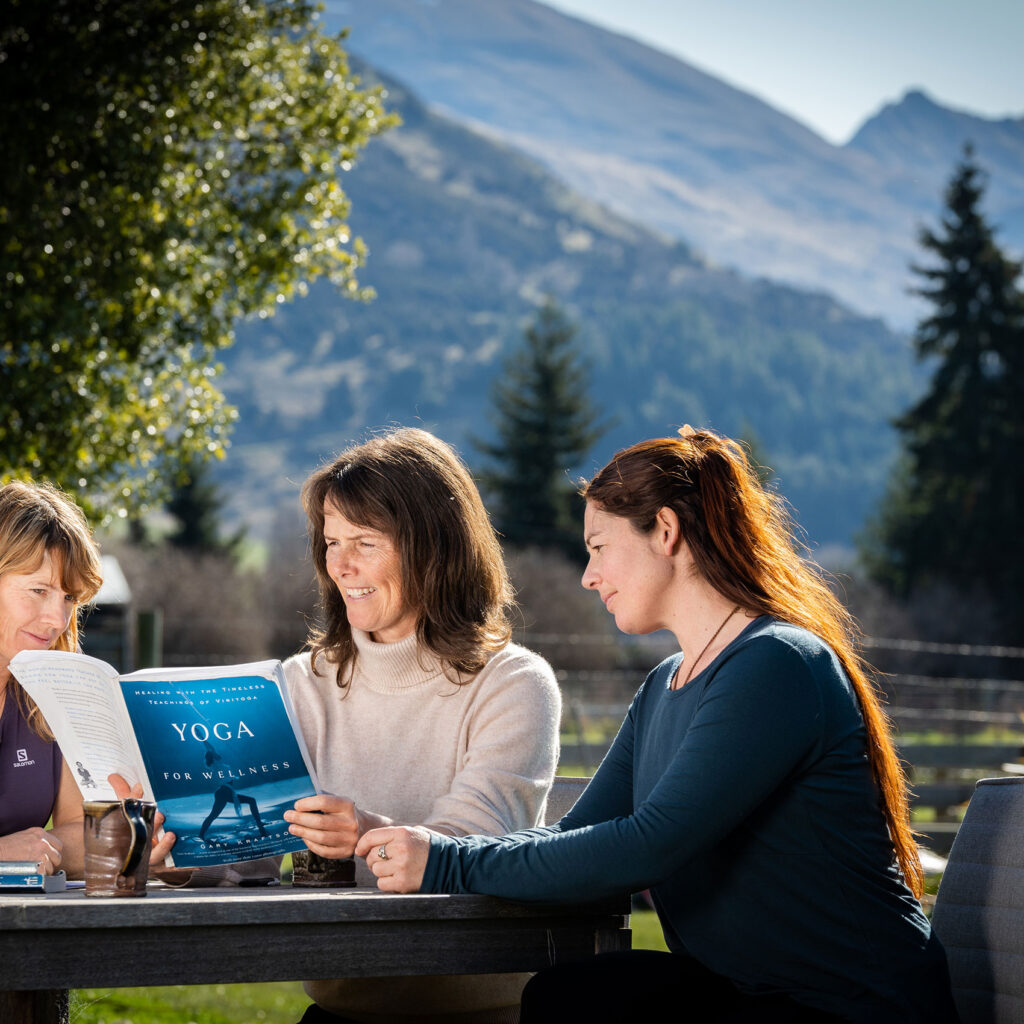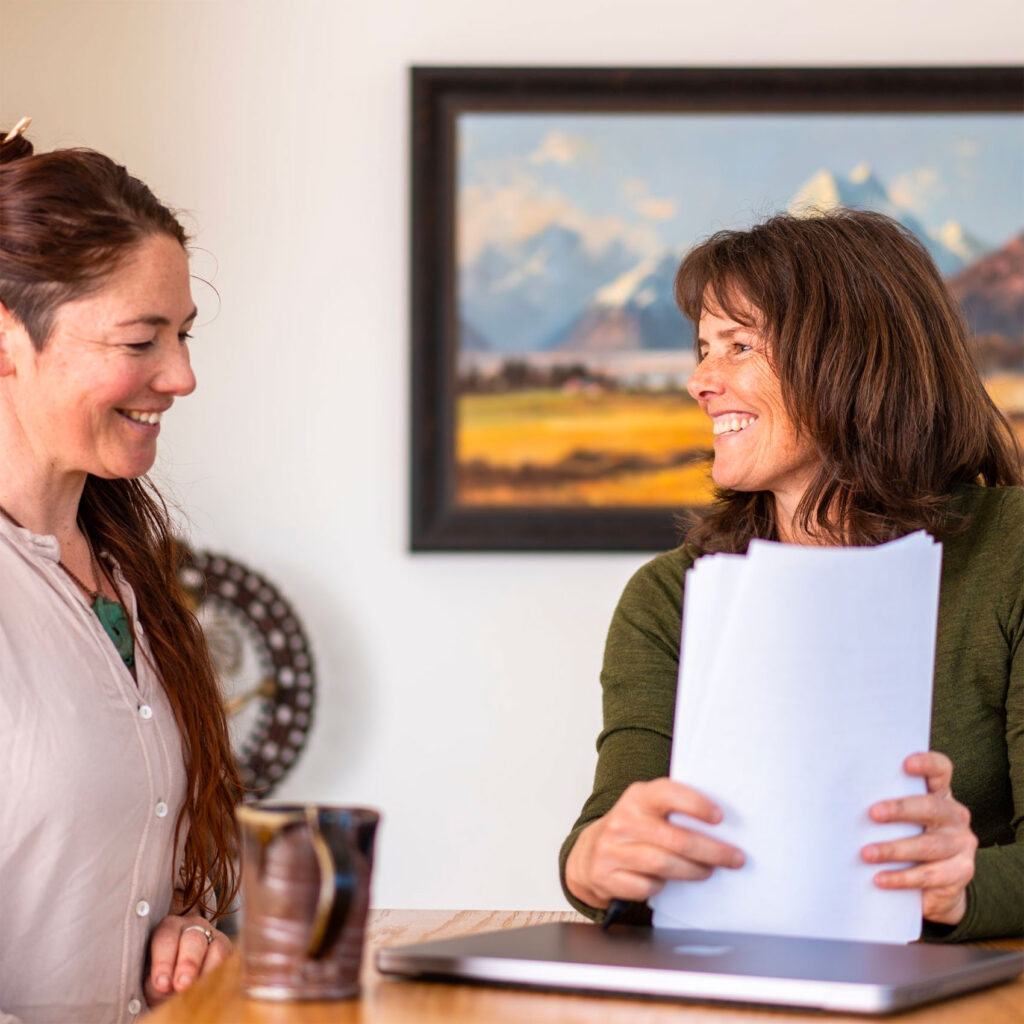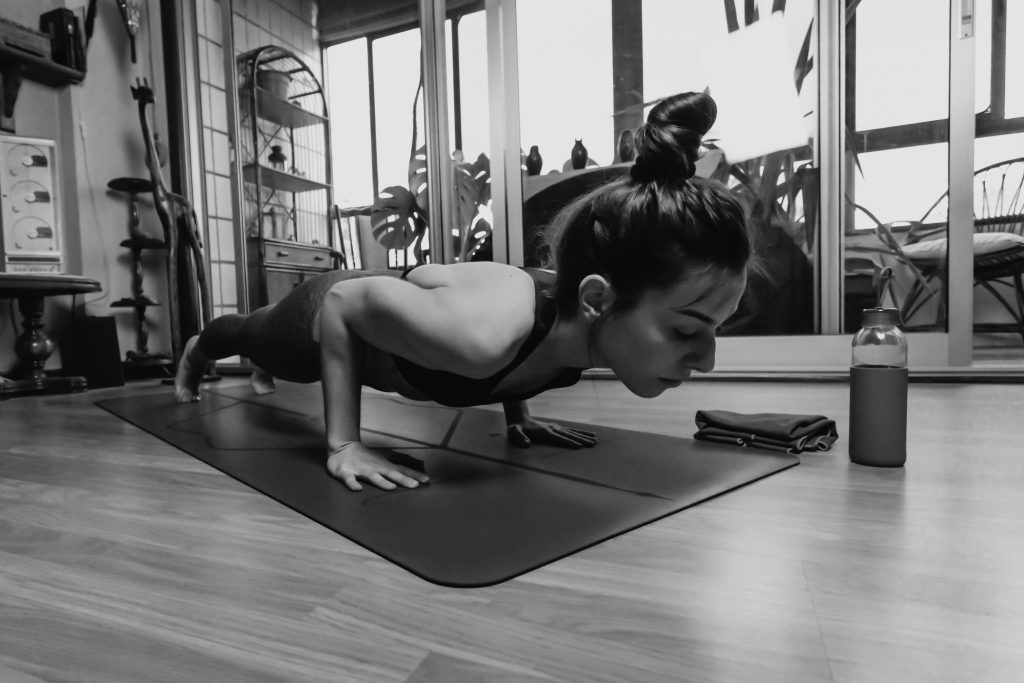
Teaching Yoga To Advanced
For many yoga teachers, yoga is spoken of with deep reverence and appreciation – with passion and admiration for it is a life-changing gift that keeps on evolving, no matter the experience level. When practised intelligently and with structure, yoga only gets more cherished with time and practice.
Teaching Yoga To Advanced
Teaching yoga to advanced practitioners—teachers and students alike—can be an entirely different experience to teaching yoga to those who are new to the practice. Like all teaching, it all comes down to sharing authentically what we know through our own practice. When we hold true to this approach, we can bring ourselves confidently and genuinely to teaching all levels of students.
What differences are there in teaching yoga to an advanced or expert level?
Unlike beginner and intermediate practitioners, advanced students will have a deeper understanding of many styles of yoga and are more familiar with the postures, breathing techniques, and meditation. This means that anyone who seeks to teach the teachers should have an even higher level of practical yoga experience, along with the broad yoga knowledge and understanding of yoga teaching methodology required to confidently and competently train their student teachers to a high level.
An interesting question to contemplate is ‘how do we define an advanced practitioner?’. If we understand yoga to be the eight limbs practice then an advanced practitioner will be advanced in a well-rounded way; a prowess in asana, an intimate understanding of the breath, a stability of mind and skill in mindfulness, and an understanding of the philosophy and framework that is the foundation to yoga as a way of life. Our practice becomes more advanced when we deepen our knowledge of these different areas, it is not confined by any means to just performing more challenging asana.
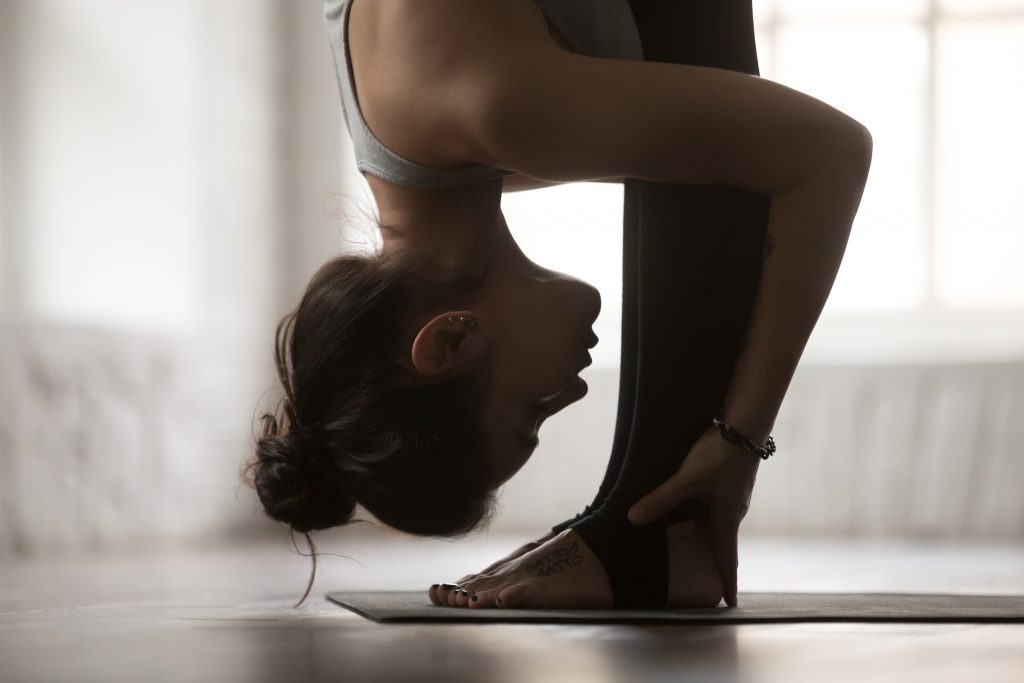
For many, an advanced practice is about becoming more sensitive and alert to the more subtle aspects of the practice. In asana this means becoming finely tuned to the subtle aspects of postural alignment, not just the superficial alignment instructions; it means becoming more aware of the subtle biomechanics that create the foundations of stability and appropriate mobility in one’s body. In pranayama, we also advance the practice by becoming more aware of the subtle nuances of breath and energy flow. Working with more advanced pranayama ratios in anuloma viloma for example, or exploring more deeply the relationship of respiratory biomechanics to movement patterns in asana. And then in meditation of course this journey is always evolving, diving deeply into the exploration of what is the mind, how can we evolve to live with a non-conditioned, non-dual awareness on and off the mat.
One crucial aspect in teaching yoga to anyone, regardless of the experience level, is to meet them where they’re at, to remember to always listen to their needs, respect their boundaries, and guide them through their yoga journey in a way that is inspiring and compassionate.
How to teach yoga to advanced practitioners
At The Yoga Transition, we help experienced teachers in teaching yoga to advanced practitioners, challenging their limits and encouraging an evolving awareness. While there are many competing ideas in the world of yoga about how to best teach yoga to advanced practitioners, some of the strategies and methods covered by The Yoga Transition include:
Challenge their limits
Advanced practitioners are often looking for new challenges and ways to expand their comfort zone. As yoga teachers, we can challenge our students by introducing new and advanced postures, variations, and modifications – encouraging them to explore their limits, while also reminding them to listen to their body and to use intelligent sequencing to facilitate this expansion without injury or harm.
Focus on alignment
Advanced yoga practitioners may have developed certain alignment habits or biomechanical patterns of movement that may or may not be serving them. One crucial role of a yoga teacher is to help their students refine their alignment and focus on the subtle nuances of each posture. Using clear and succinct verbal cues, very light hands-on adjustments that encourage a refined body awareness, and carefully placed props to help students deepen their practice and refine their alignment. It is important not to get over awed by hyper-mobility in your students. It is incorrect to see this as advanced; instead, teaching how to balance stability with mobility will better serve the practitioner.
Incorporate advanced breathing techniques
Many advanced yoga practitioners are familiar with the basic breathing techniques like Ujjayi breath or Pranayama such as Kapalabhati, Bhastrika, and Nadi Shodhana. All of these practices can be taught at a basic level with basic entry-level instruction. Using more advanced ratios that work with retention in the breath and slower breath ratios are a common way to make these more advanced. It is important to only do these when the student is ready energetically. Pranayama is a very nuanced practice, and the best and only way to learn about them is through one’s own practice.
Teach advanced meditation practices
Advanced practitioners are appreciative when mindfulness cues are woven into an asana practice and indeed are given emphasis alongside the physical alignment instructions. Standalone meditation practice is also an essential part of an advanced practice. The journey of meditation and the evolution of the mind is something that can always continue to evolve, unlike aptitude in asana which will inevitably decline as we age.
Meditation, being the 6th and 7th limb, is an important development of yoga practice. Advanced yogis generally become more drawn to meditation and less to asana as they deepen their understanding of what yoga is really all about. It is in these more advanced limbs that the real advances in self-realisation occur.
Taking yoga off the mat
A beginner may presume that yoga is about asana only. For our advanced students we can instead share how to take the principles they are learning off the mat into their daily lives. Really living the practice. Strategies such as mindfulness of body, thought and emotion, practising equanimity/non-reactivity, and investigating into the nature of awareness are such strategies. When teaching to advanced students we can creatively weave these intentions into our yoga classes, moving beyond just physical themes.
Create a supportive community
Given the often solitary nature of yoga practice (particularly at home—which is more common for those experienced in yoga), one may feel isolated or disconnected from others who share their passion for yoga. Yoga teachers are unique in that they are connectors; they are able to link together a supportive and inclusive community of like-minded individuals that welcomes healthy yoga discussion and creates opportunities, simply by encouraging students to share their experiences, insights, and challenges with others.

Why consider mentorship?
Mentoring with a master teacher provides you with a clear path to professional development. You will receive personalised guidance on topics ranging from your personal practice, to your teaching skills, to how to move forward with your yoga career.
Our master teacher Susan Allen has over two decades of yoga practice, teaching, and guidance, and credits her most meaningful growth to the gift of mentoring from the world-class master teachers she has been fortunate enough to study with over the years.
Susan has run multiple yoga studios, teacher trainings, immersions, and retreats, and brings all of this experience to her mentoring. Harnessing her practical and technical skillset, she understands and teaches yoga pragmatically, creating a safe and collaborative space for personal development. She disseminates what she has learnt in easy to digest modules which cover both personal and professional growth goals.
Develop your yoga teaching style with mentorship
While your teacher training may likely have touched on the principles of how to teach yoga to those more experienced practitioners, it’s impossible to gain a deep understanding of such a varied and extensive subject in a short amount of time. Of course, the first step is to develop our own personal practice. In addition to educating how best to teach the teachers within a yoga studio setting, there are a vast number of teaching elements we help our professional yoga teacher clients develop.
At The Yoga Transition, we celebrate individuality through:
- Steering your practice and teaching in the direction that most interests you
- Encouraging you to discover your unique voice
- Guiding you to develop a teaching methodology that has both integrity and individual authenticity.
Once you have completed your initial teacher training, contact us to find out how mentorship can bring you to the next level.
